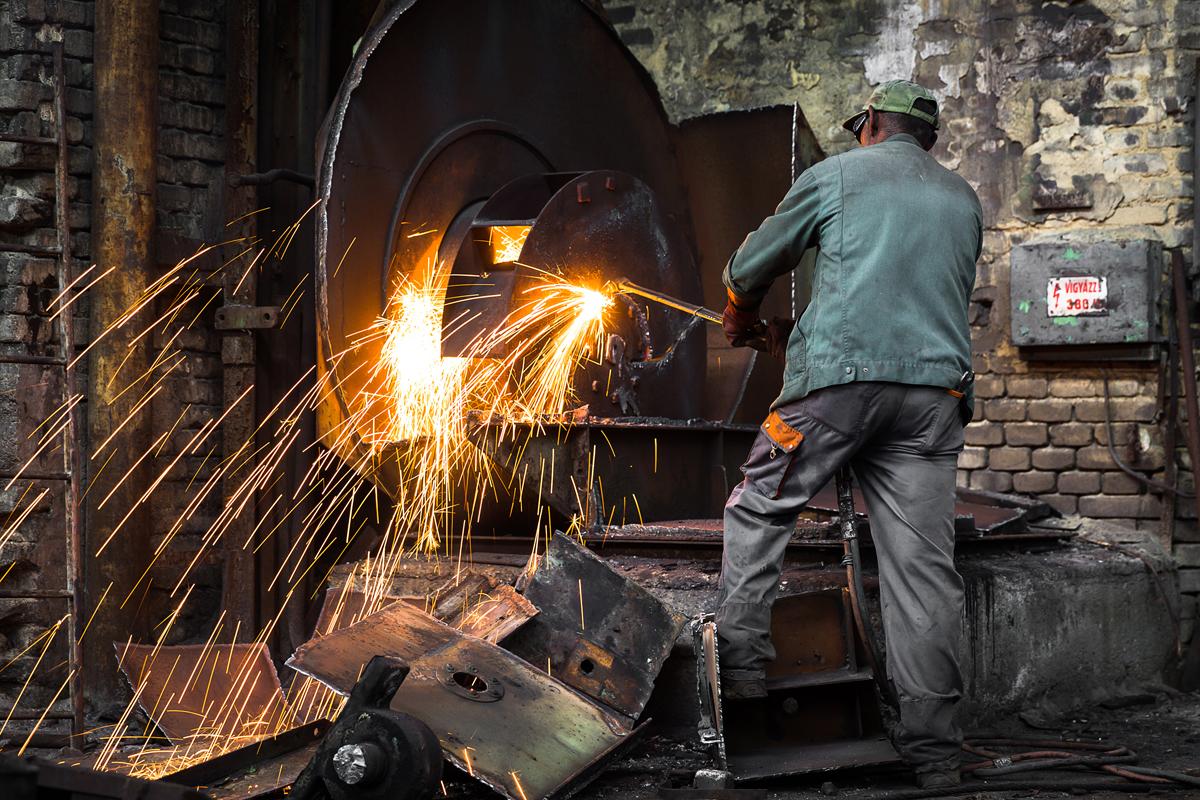Steel Industry Workers
Overview

Introduction
Steel industry workers melt, mold, and form iron ore and other materials to make the iron and steel used in countless products. These workers operate furnaces, molding equipment, and rolling and finishing machines to make iron pipes, grates, steel slabs, bars, billets, sheets, rods, wires, and plates. Iron and steel products range from carpentry nails to building girders and from cars to guitar strings. The U.S. iron and steel industry operates employs approximately 90,100 people, according to the market research group IBISWorld.
Quick Facts
Median Salary
Employment Prospects
Minimum Education Level
Experience
Skills
Personality Traits
Earnings
Most steel mills operate 24 hours a day. Workers work one of three shifts: day, night, or graveyard. Late-shift workers receive premium pay, as do those who work overtime (more than 40 hours per week), or on Sundays and holidays.
According to the U.S. Department of Labor, mean annual earnings for production occupations in steel manufacturing in May 2019 were $53,780. It reports the follo...
Work Environment
Safety is a great concern in steel mills. Furnaces create incredibly high temperatures, and machines handle mountains of materials. Yet the steel industry is one of the safest in America. While steelworkers of the past worked in searing, dangerous conditions, today's workers often work in air-conditioned spaces and come no closer to machinery than pressing a button. Those who work in close prox...
Outlook
Strong foreign competition, an increase in imported steel, decreases in domestic manufacturing, the increasing use of labor-saving machinery (such as computer numerically-controlled [CNC] machine tools and robots), and overproduction of steel on the world market has negatively affected the U.S. steel industry and its workers. The U.S. Department of Labor (DOL) predicts that employment in the st...
